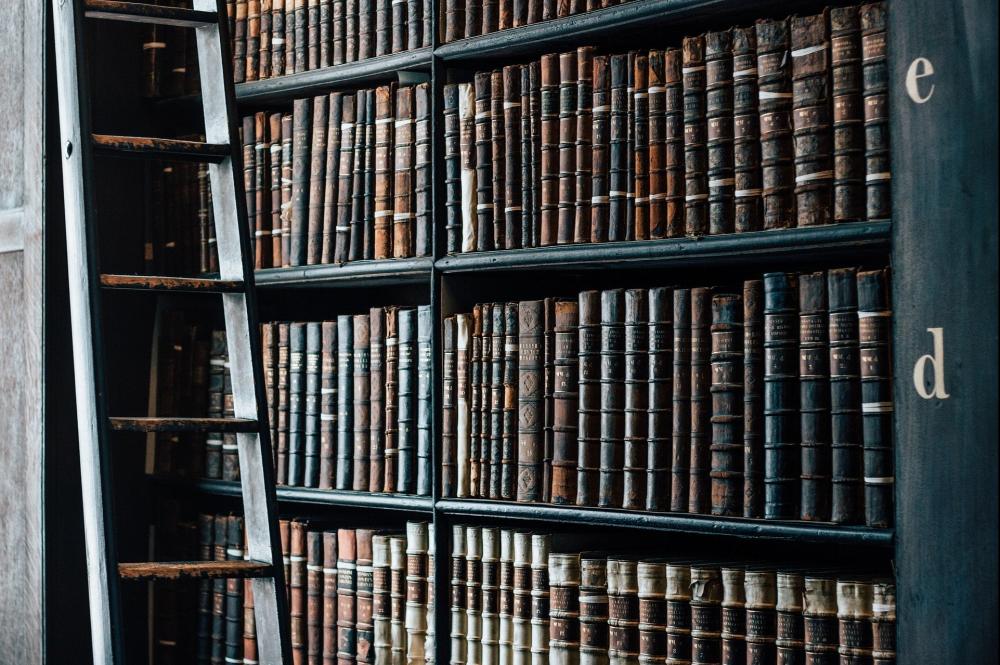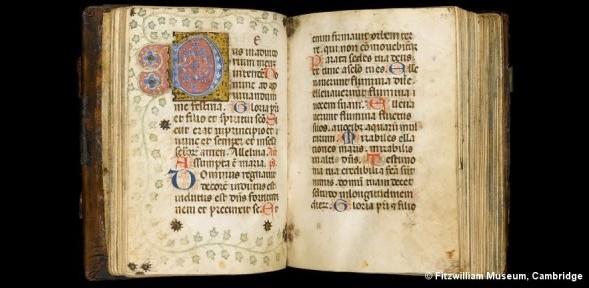Getting started: Reading Primary Sources

Credit: Pixabay
Historians study the sources that the past has left behind. No statement about the past can carry conviction unless it can be supported by reference to the historical sources, the evidence upon which historians base their ideas and interpretations. Historians inevitably spend a lot of time reading each other's writings, but the real historical work is done – and the real enjoyment is to be had – in studying the sources, the actual 'stuff' of history.
Source material is widely used in history teaching at school, but often it is very different from the real thing. For school use, written sources are usually cut down in length, sometimes to little more than a couple of lines, the language is often simplified, and each source is given a label: Source A, Source B and so on. There are very good reasons for all of these steps, but they do mean that real source material encountered at university level can come as a something of a shock. Not only are real sources not edited in the way that their school equivalents are, but they look very different too. In a textbook or on an examination paper an extract from a nineteenth-century letter, for example, will be clearly printed and legible; indeed, there would be complaints were it otherwise. The Victorian original, however, might be the exact opposite: to save money on paper and postage, nineteenth-century writers would often write in lines across the page and then turn the letter through 90° and carry on writing over the previous lines, so that the lines of writing formed squares and the letter ended up looking like a grid, which can be very difficult for modern eyes to read. Similarly, excerpts from Nazi writings commonly feature in school textbooks and examinations; the originals, however, were not only in German but often in gothic script which, again, can take some getting used to. Handwriting from earlier ages looked very different from modern script, not least because of the physical demands of writing with quill and ink and because the high cost of parchment and paper meant that it was important to put as much as possible on to a single sheet. Medieval and early modern writings are therefore full of abbreviations which can mislead the unwary reader.
Some of these abbreviations have made it into modern usage. 'Viz' for 'videlicet' ('let it be seen'), 'oz' for 'ounces' and 'you' for the original 'thou' were all originally abbreviations. The 'y' and 'z' were not actually letters but pictograms with a below-the-line tail. What was later mistakenly transcribed as 'z' was simply a flourish to cover the remainder of the word; 'y' was not a letter 'y' but a below-the-line flourish to stand for 'th'. Thus 'ye' was simply a written abbreviation for 'the' which did not, as many people have assumed, affect the pronunciation.
The thrill of primary sources
It is well worth making the effort to read documents in the original. There is an undeniable thrill to be had from opening and reading a document that was first written centuries ago and which looks as if it ought to be under glass in a museum. Indeed, yours might even be the first eyes to read it since it was sealed. The original nearly always offers the reader a lot more than the short extracts which make their way into history books. It is always important to see the context for sayings or quotations; it might affect the sense or reveal more about the original writer’s intentions than an abbreviated version. Either way, it will certainly give you a fuller, more rounded understanding.

Credit: Fitzwilliam Library, Cambridge (copyright)
What are Historical Sources?
Any leftover of the past can be considered a source. It might well be a document, and we often think of history as a textual discipline, based on the interpretation of written texts, but it might also be a building, a piece of art or an ephemeral object – a train ticket, say, or perhaps a pair of shoes. These are all 'sources' because they all provide us in different ways with information which can add to the sum of our knowledge of the past. Sources only become historical evidence, however, when they are interpreted by the historian to make sense of the past. The answers they provide will very much depend on the sorts of questions historians are asking. For example, a train ticket might be used to provide evidence of migration patterns or of the cost of living at a particular time, but also of broader cultural trends: for many years, for example, it was the practice to print a 'W' on a woman's ticket (this was when stations had women-only waiting rooms and trains had women-only carriages). As for a pair of shoes, it might provide the cultural historian with evidence of changing fashions and consumer tastes, or the social historian with evidence of class differences or production patterns. It all depends on what the historian wants to know. This is why it makes little sense to ask if something is 'good historical evidence', without knowing what evidence it's supposed to provide.
Material to help teachers and students develop interests and skills as a historian.
